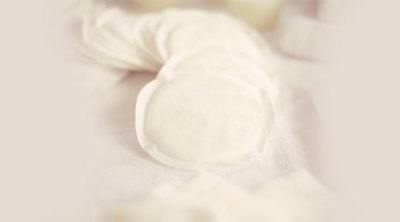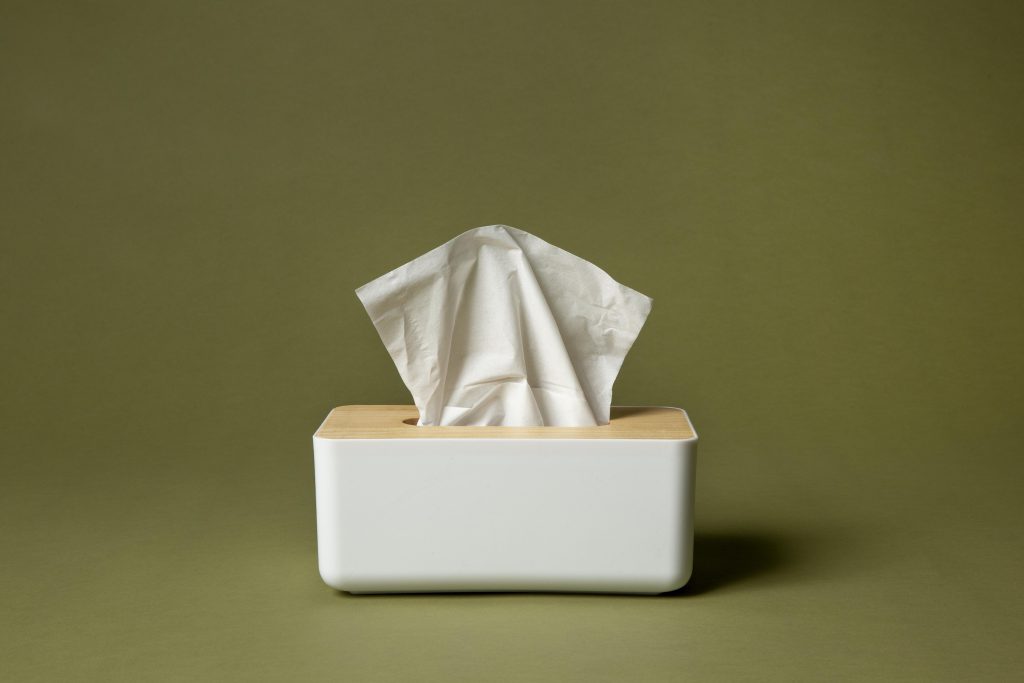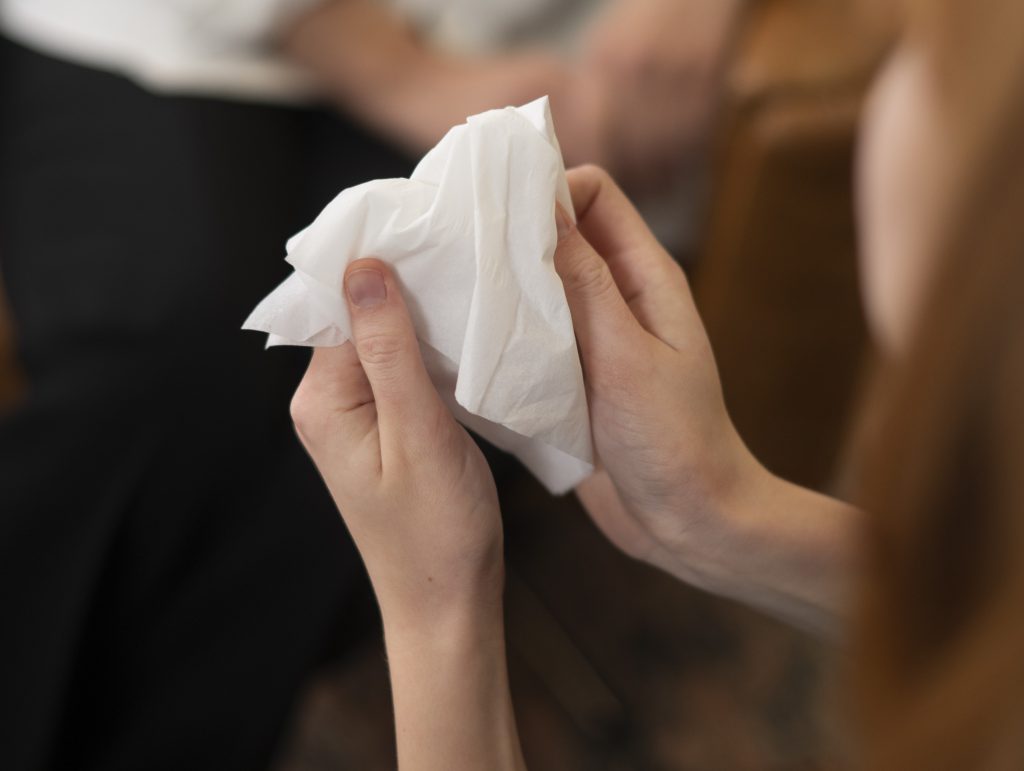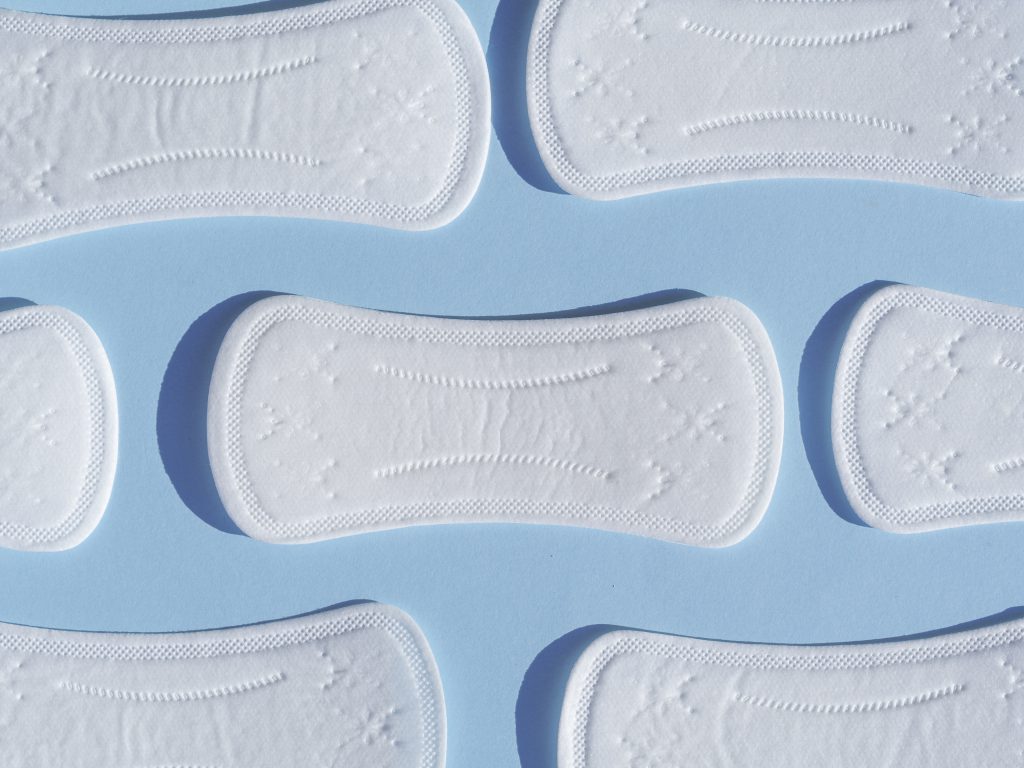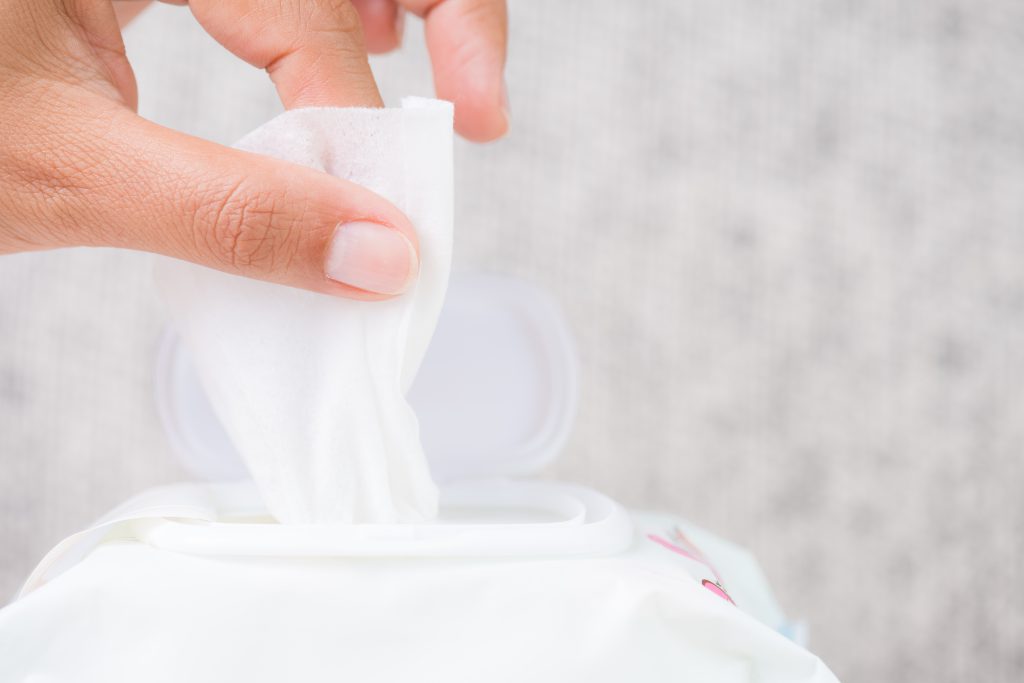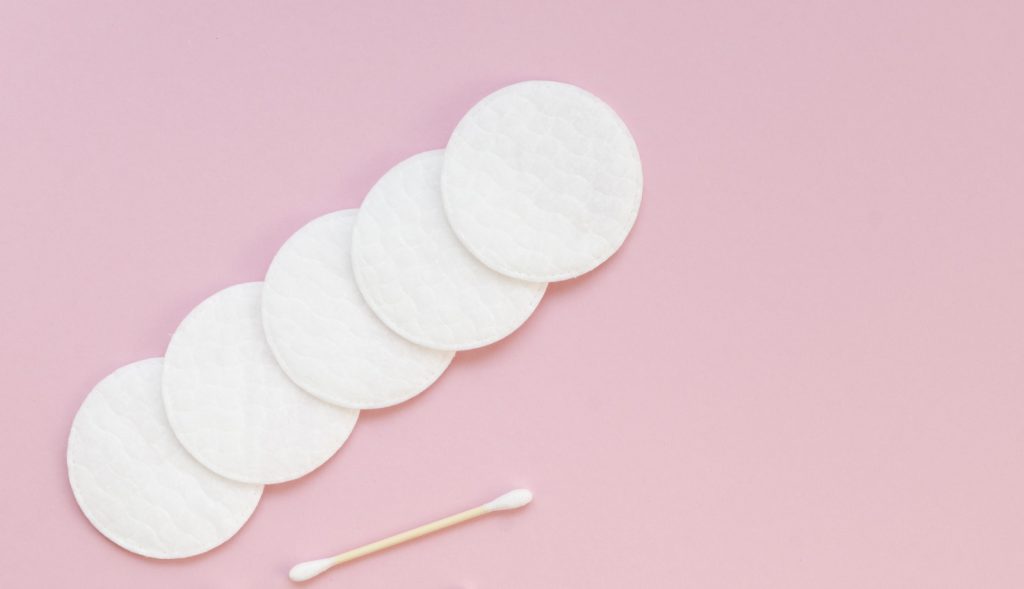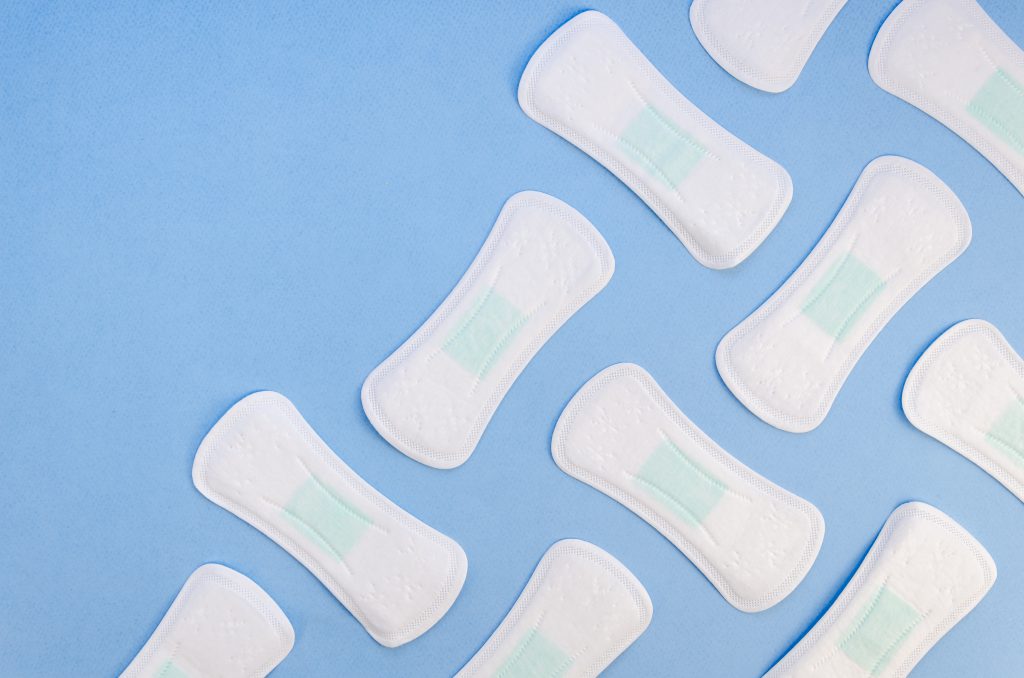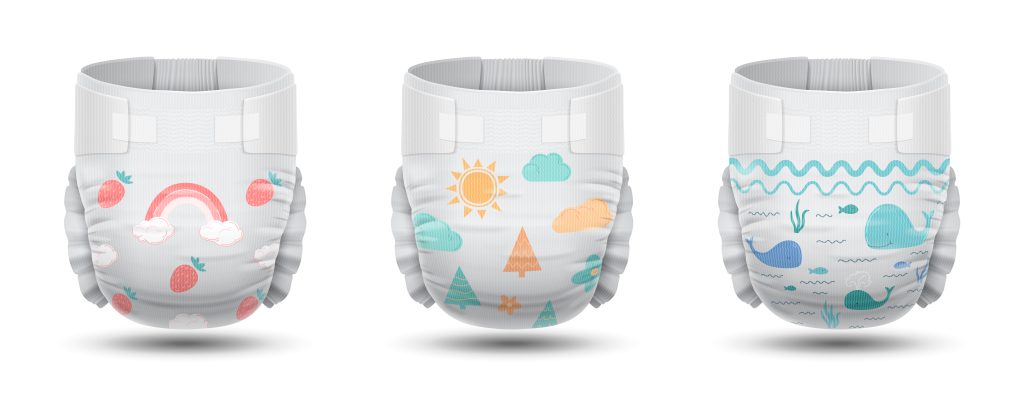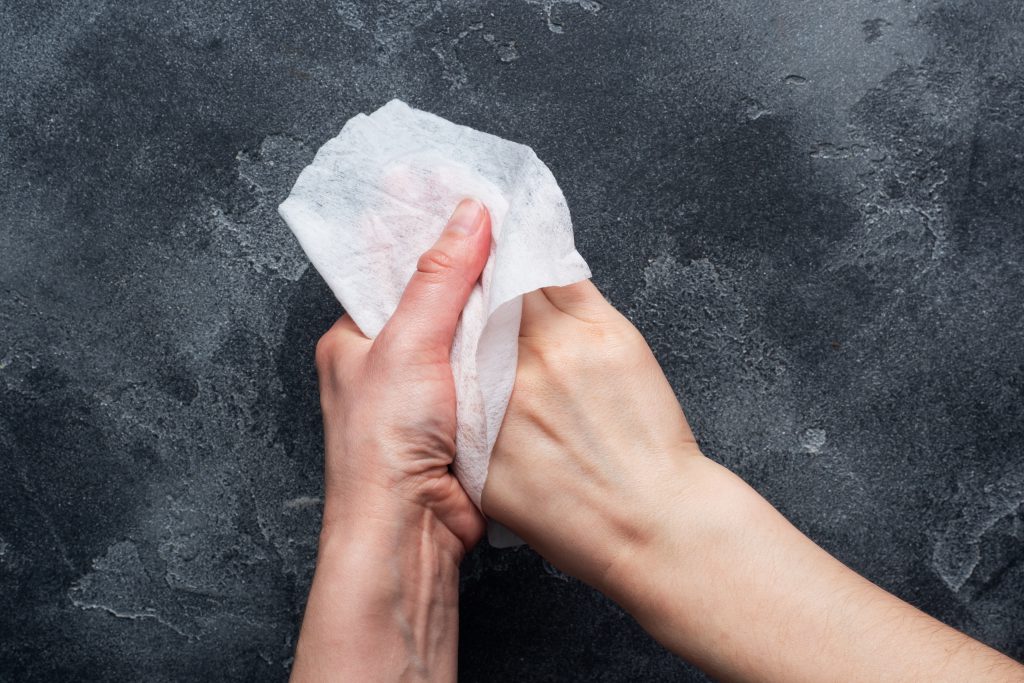What is Tissue Paper?
Tissue paper is a lightweight, soft and absorbent paper often used for cleaning or hygiene purposes. It is most commonly used for personal hygiene, such as cleaning up after using the toilet, blowing your nose, or wiping away tears.
How to Make Tissue Paper?
Tissue paper is usually made from wood pulp or recycled paper. Wood pulp is made from cellulose fibers obtained from trees. Recycled paper is obtained by recycling used papers.
The first stage of tissue paper production is the preparation of raw materials. Wood pulp is ground and divided into small particles. Recycled paper, on the other hand, is first shredded and then milled.
In the second stage, the raw materials are mixed. Water, additives and coloring agents can be added to this mixture.
In the third stage, the mixture is shaped into a thin layer. The thickness of this layer varies depending on the type of tissue paper.
In the fourth stage, the tissue paper is dried. This process is usually done with hot air or steam.
In the fifth and final stage, the tissue paper is cut and packaged.
Paper Tissue Types
Tissue paper is produced in different varieties according to various specifications. These properties include tissue paper's thickness, absorbency, softness and durability.
The thickness of tissue paper is usually produced in two layers or three layers. Double-ply tissues are thinner and less absorbent. Triple-layer tissues are thicker and more absorbent.
The absorbency of paper tissues varies depending on the amount of cellulose they contain. Paper tissues with high cellulose content are more absorbent.
The softness of tissue paper varies depending on the length and quality of the fibers it contains. Paper tissues containing long and high-quality fibers are softer.
The durability of paper tissues varies depending on the thickness and firmness of the fibers they contain. Tissues with thick and tight fibers are more durable.
Paper Tissue Usage Areas
Paper tissues are used in various areas. The most common use is personal hygiene. Tissues are used for cleaning up after using the toilet, blowing the nose, and wiping away tears.
Tissues are also used for hand cleaning while eating, driving, or outside.
Tissues are also used for household and industrial cleaning.
Advantages and Disadvantages of Tissue Paper
Tissues have several advantages. These advantages include practicality, hygiene and affordable price.
Paper tissues are an easy-to-use and practical cleaning material. Tissues for cleaning up after using the toilet, blowing the nose, or wiping away tears can be found almost everywhere.
Paper tissues are a hygienic cleaning material. Paper tissues are disposable and thrown away after use. Therefore, it helps prevent the spread of bacteria and viruses.
Tissues are an affordable cleaning material. Paper tissues are more affordable than other cleaning materials.
Paper tissues also have some disadvantages. These disadvantages include environmental impact and waste generation.
Paper tissues consume energy and water during the production phase. Additionally, tissues harm the environment when thrown away.
Tissues also create waste. Paper tissues are disposable and thrown away after use. Therefore, the use of tissue paper results in an increase in the amount of waste.
Our Blog
Things to Consider When Choosing Baby Diapers
Step into a Colorful and Fragrant World
Practical Solution to Comfort
Urinary Incontinence
Savior of Breastfeeding Mothers
Ideal Solution for Hygiene and Practicality
Indispensable for Skin Care
The Basic Step of Skin Care
The Importance of Soaps and Hygiene
The Importance of Hygiene in Babies
Helper That Improves the Quality of Life
Practical Formula of Freshness and Protection
Enrich Your Daily Bath Ritual
Urinary Incontinence Treatment
Why Is It So Important For Your Skin?
Baby Diapers: How to Make the Right Choice?
The Color and Shine Your Hair Needs
What Should We Pay Attention to When Choosing Soap?
Feel Fresh All Day Long
Practical and Delicate Touch to Hygiene
Continue Sports Without Slowing Down!
What is underpad? Where is it used?
What is Menstruation and How to Deal with Period Pain?
Why Should We Use Wet Wipes?
Common Misconceptions About Hair Care
Urinary Incontinance
Your Baby’s Development Process
How to Fight Menstrual Period?
Personal Hygiene for Women
How to Use Daily Pad?
How to Cope With Urinary Incontinence in Adults?
Is It Okay To Do Sports During Menstruation?
What is Sanitary Pad and How Is It Used?

About Us
nappia Hygiene® is a cosmetic & personal care product brand that aims to be among the world brands and customer satisfaction without sacrificing its quality line.
Products
Site Map
Our Policies
Copyright © HMG Hygiene Products Industry by Nappia Hygiene JSC. (Corporation) 2024 – All rights reserved.





